4.Connection technology of glass and space frame structure
(1) Connection method
Point connection
Point connection is through the metal connectors (such as stainless steel claw) will be fixed in the space frame structure of the glass. This connection has a good visual effect, the glass looks as if it is suspended in the air, and can show the building’s sense of transparency and modernity.
In specific applications, the stainless steel claw piece is connected to the space frame rod through the bolt, the glass is perforated, and the claw piece is connected to the glass through the cushioning material such as adhesive pads, in order to adapt to the deformation of the glass. For example, in some large glass domes or glass curtain walls, the point-type connection can make the installation of glass more flexible and facilitate the replacement and maintenance of glass.
Frame connection
Frame connection is to set the glass in the metal frame (such as aluminum alloy frame), and then the frame is fixed with the space frame structure. The advantage of this type of connection is that the connection is firm and can effectively disperse the load on the glass.
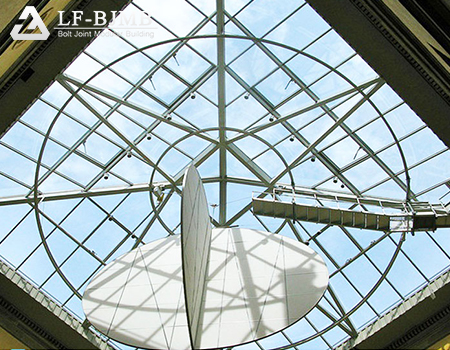
The metal frame can be customized according to the size and shape of the glass. During the installation process, make sure that there are good sealing and cushioning materials between the glass and the frame to prevent the glass from being damaged due to extrusion or collision. In some spacestructure buildings with high safety requirements, such as the glass curtain walls of airport terminals, frame connection is a commonly used method.
(2) Sealing and Waterproofing Technology
Application of sealing tape
Sealant strip plays a vital role in the connection between glass and space frame structure. It not only prevents rainwater and air from entering the interior of the building, but also serves as a buffer and shock absorber.
When choosing sealing tape, it is important to consider its weather resistance, elasticity and anti-aging properties. For example, EPDM sealing tape has good weather resistance and elasticity, and can maintain good sealing performance in different climatic conditions. During installation, it is important to ensure that the sealant strip is installed in an accurate position and fits tightly with the glass and spacestructure to avoid gaps.
Use of Sealant
Sealant is another important sealing material. Sealant is required for sealing at the splices of the glass, the joints between the glass and the space frame structure, and other locations. Types of sealants include silicone sealants, polyurethane sealants, etc.
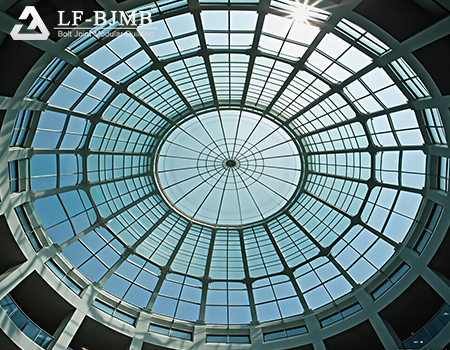
Silicone sealants have good weather resistance, water resistance and adhesion, and are widely used in architectural glass sealing. When using sealant, pay attention to the construction environment, avoid construction in humid and dusty environment to ensure the quality and sealing effect of sealant. At the same time, the application of sealant should be uniform, full, to avoid bubbles or breakpoints.
5.Glass processing and installation points
(1) Processing precision
The processing accuracy of the glass is crucial for its application in the space frame structure. The dimensional error of the glass should be controlled within a very small range, generally require the length and width of the error does not exceed ± 1mm, the thickness error does not exceed ± 0.2mm.
For glass with curvature, such as in some spherical or arched space frame structure glass dome, the curvature of the glass processing precision should be higher. Advanced processing equipment and precise molds should be used in the processing to ensure that the curvature of the glass and the curved surface of the space frame structure match perfectly, to avoid excessive gaps between the glass and the space frame structure in the installation process or installation difficulties.
(2) Installation process
When installing the glass, professional lifting equipment and tools should be used to avoid collision or damage to the glass during lifting. For large glass, equipment such as vacuum suction cups may need to be used for lifting.
The order of installation is also very important, generally in accordance with the order from bottom to top, from the center to the edge of the installation. During the installation process, the flatness and perpendicularity of the glass should be constantly checked to ensure that each piece of glass is accurately installed in its intended position. At the same time, attention should be paid to the splicing between the glass to ensure that the splicing is tight and without gaps, in order to ensure the sealing of the building and the overall aesthetics.





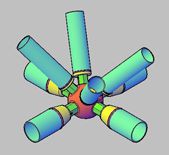
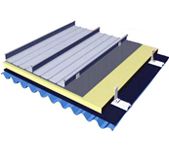
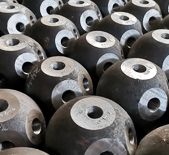



 About Us
About Us 2025-04-23
2025-04-23


